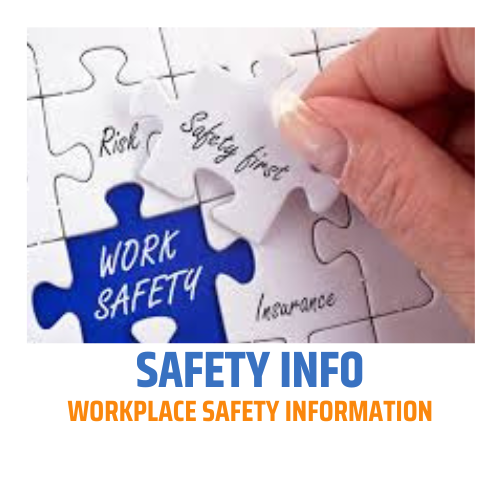What is Child Labor Law in America?
Child labor laws in the United States are designed to
protect the rights and well-being of children by placing restrictions on their
employment. These laws are primarily enforced at both the federal and state
levels. The following provides a general overview of child labor laws in the
U.S., but it's important to note that specific regulations can vary by state.
- Minimum Age: The Fair Labor Standards Act (FLSA), a federal law, sets the minimum age for employment at 14 years in most non-agricultural jobs. However, there are exceptions that allow children as young as 12 to work in certain positions, such as delivering newspapers or working in agricultural roles.
- Hours and Restrictions: For those between the ages of 14 and 15, there are additional limitations on the hours and types of work they can perform. During the school year, they are generally limited to working outside of school hours, and they cannot work more than 3 hours on a school day or 18 hours in a school week. There are also restrictions on hazardous occupations, such as operating heavy machinery or working in dangerous environments.
- Hazardous Occupations: The FLSA restricts certain hazardous occupations for workers under the age of 18. These include jobs involving explosives, mining, logging, roofing, excavation, and operating power-driven machinery. There are also specific rules for working in the food service industry and with certain power tools.
- Entertainment Industry: Child labor laws have specific provisions for child performers, such as actors or models, to ensure their safety and education. These regulations often involve obtaining work permits, adhering to time restrictions, and providing for their well-being on set.
It's important to note that individual states may have their
own child labor laws that supplement or vary from federal regulations. State
laws can provide additional protections or restrictions, so it's crucial to
consult the specific regulations for the state in question.
Child labor laws aim to strike a balance between allowing
employment opportunities for young individuals while safeguarding their
education, well-being, and safety. These regulations help protect children from
exploitative work conditions and ensure their proper physical and intellectual
development.







0 Comments